A Unique Stallion
on Nov 28, 2023We often get asked what our favourite animal is, and without a doubt, I always answer zebra. I have always been fascinated by their unique markings and am continuously looking for interesting patterns or markings. As we all know by now, all zebra have a unique striped pattern, meaning no two zebra in the world have the same pattern, just like humans, where no one has the same set of fingerprints.
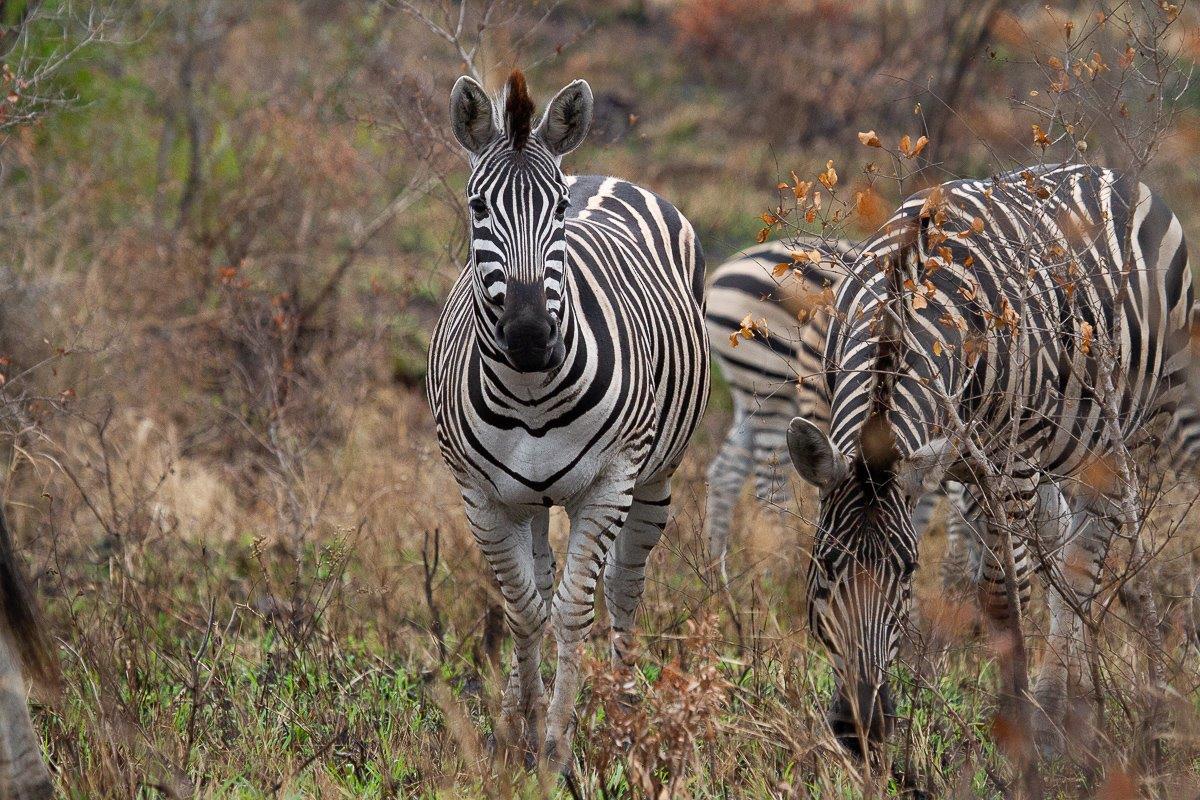
The second question we get asked when admiring a herd of zebras is if they are black with white stripes or vice versa. There is a very simple explanation for this complicated question. Zebras are born with dark skin beneath the fur, and if you look closely, the stripes do not consist of white fur with gaps in between them but rather both black and white fur. Now, how does the stripey fur occur? The fur grows from follicles that contain a pigment-generating melanocyte cell. These are the cells that are responsible for creating the black stripes. These cells are deactivated in the white stripes; hence they have no colour. This implies that black is the default colour, and experts would describe zebras as black with white stripes. And now you can impress your ranger when the question is asked!
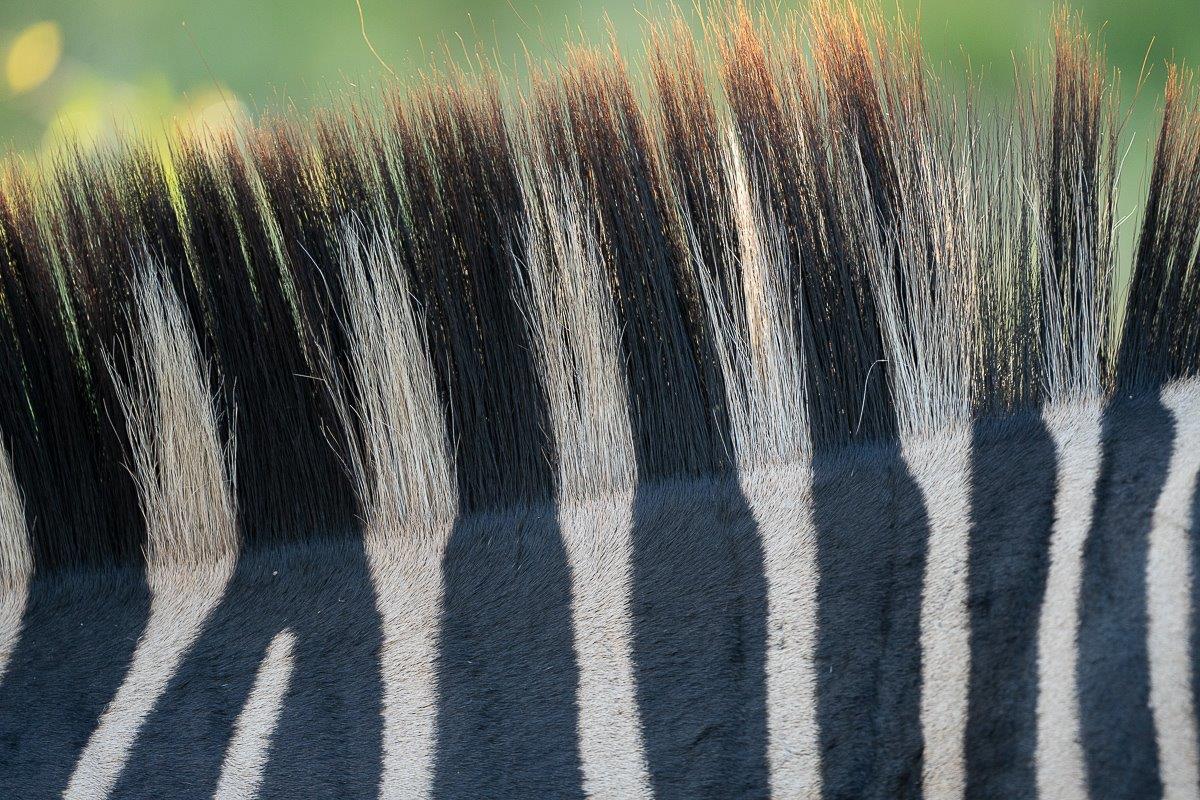
This colour change might be easier to observe in foals. For them, the skin pigmentation only transfers when the foal reaches about 18-24 months; until then, they will have more soft brown markings.
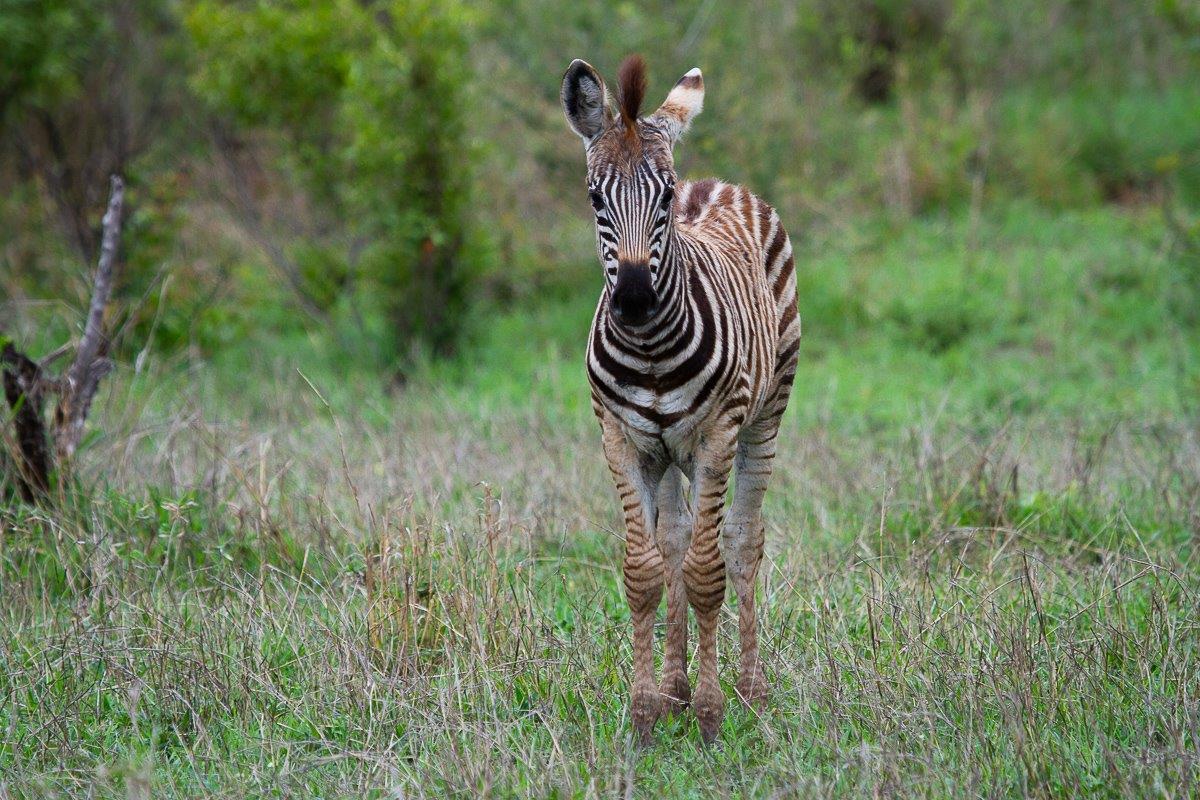
I have been lucky to find one unique stallion back in June 2022. Peacefully grazing with his harem, I noticed something different when he stopped to look at us for a moment. Before I could figure out what it was, he turned around to continue feeding. We waited for him to pick his head up again, and as soon as he did, I quickly took a photo of him to zoom into his face. I couldn’t believe that he had an almost perfect crescent in the middle of his forehead.

Little did I know that our paths would cross again, not once, but twice! In August 2023, we found him and his harem again. He was posing for us this time, and I could take the perfect photo of him. In post-processing I pulled up the first photo that I took of him to compare the two against each other. You can see this stallion has been in a few fights since I first saw him, most likely defending his harem as he had a few extra scars on his neck and face.
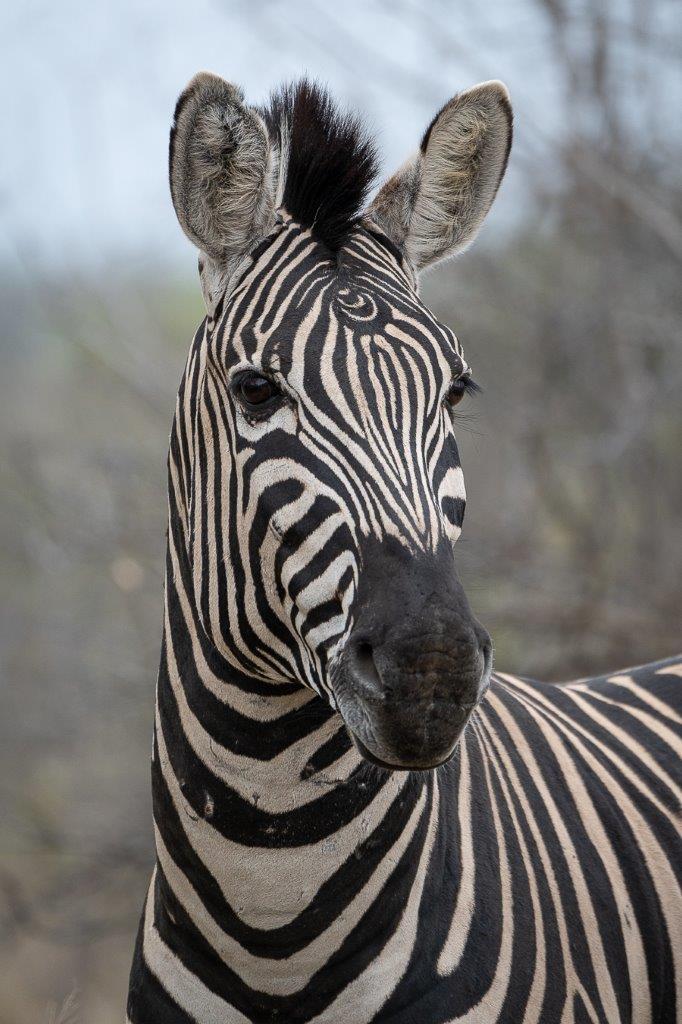
We had one scare when a pride of lions hunted a big, fully-grown zebra after seeing this particular stallion in the area a few days before. But after the lions left, we could confirm it was not the stallion. We, as rangers, get attached to the animals in our area, and we know we shouldn’t because anything can happen to them at any time, but we can’t help but feel a special connection with these animals.
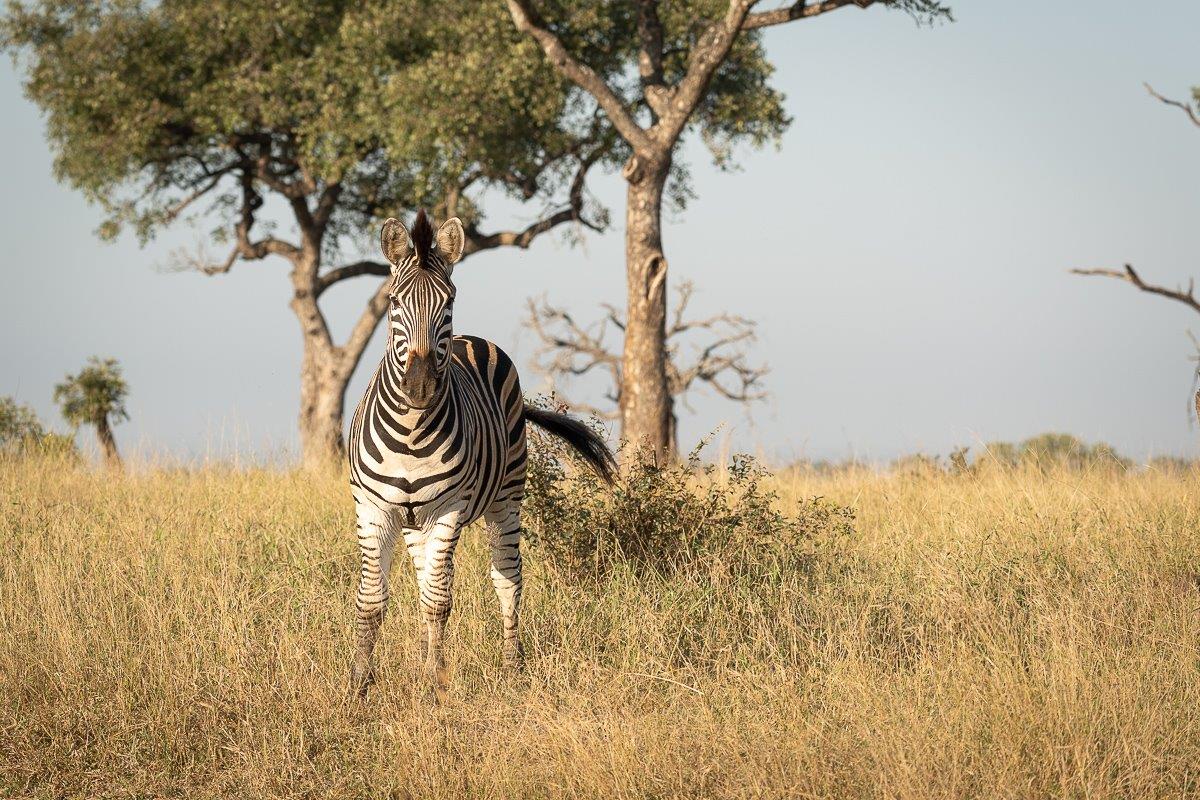
Scientists estimate that about 660,000 to 1,000,000 zebras are in the wild. A previous census in the Kruger National Park estimated about 30,000 individuals in the park. This shows how lucky it is to see such a unique individual three times.
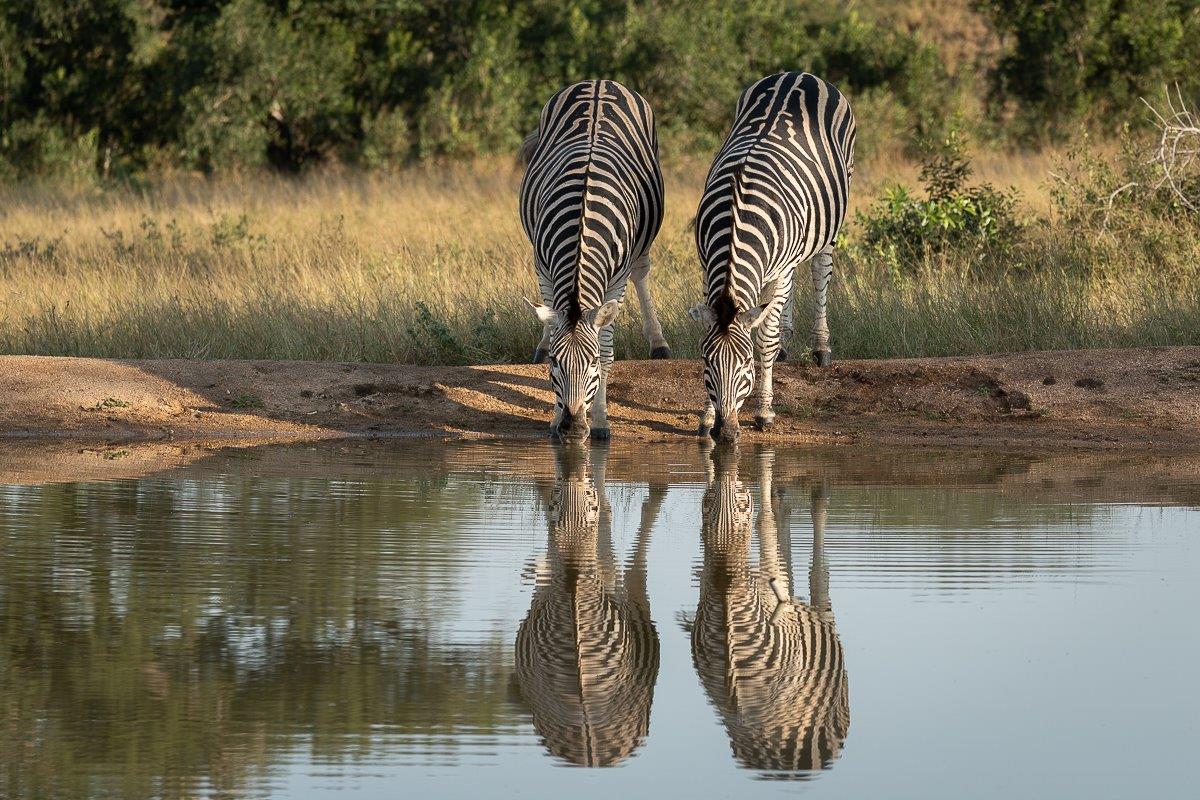
Blog by Daniel Greyvenstein (Bush Lodge Ranger)







